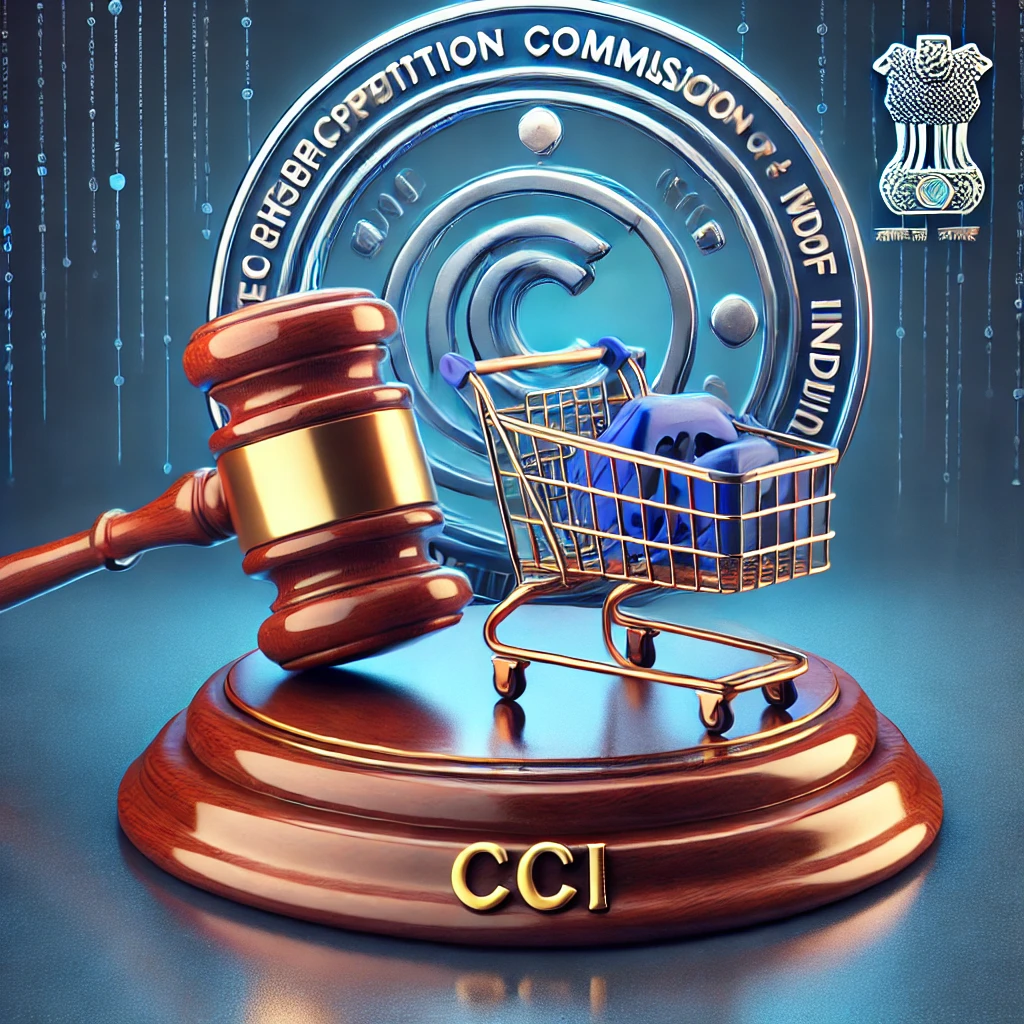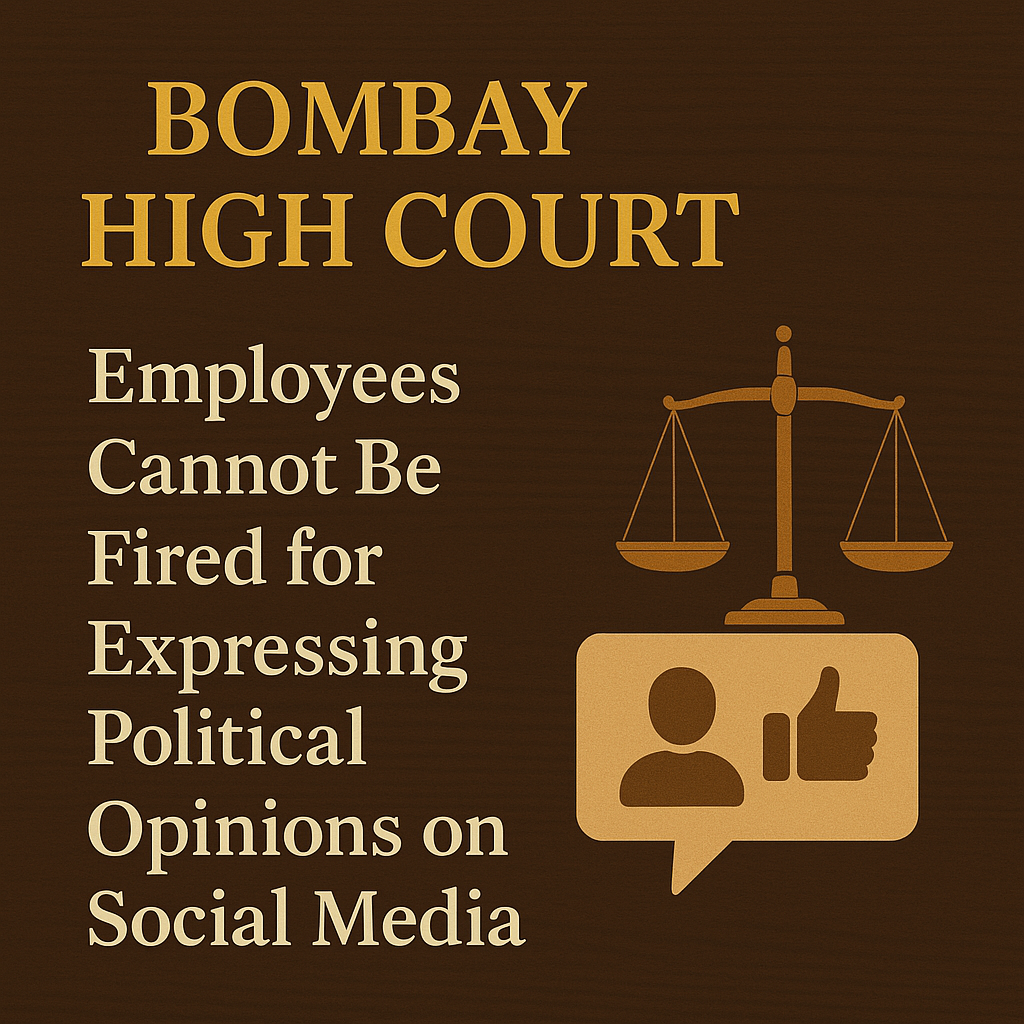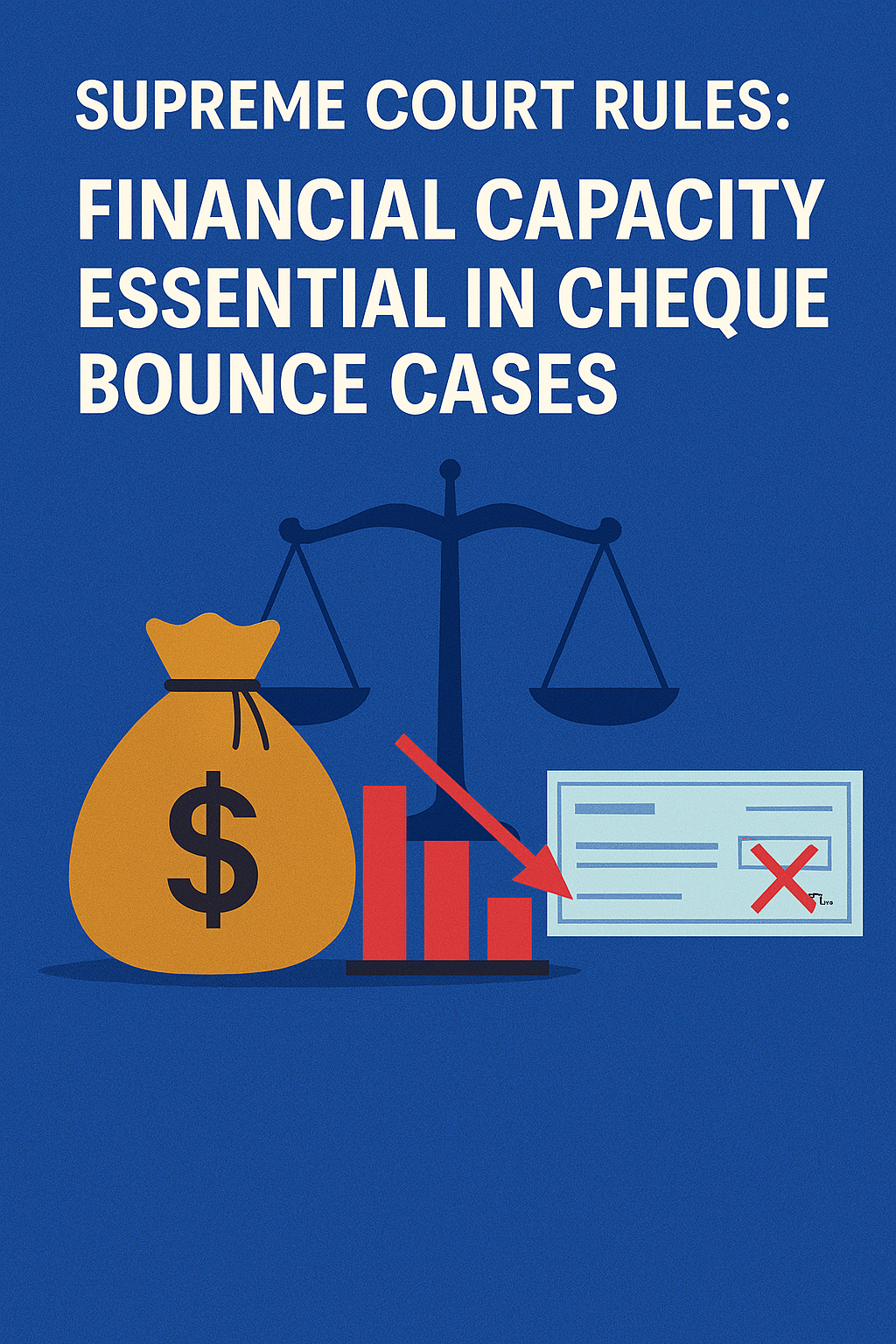Supreme Court to Decide on Writ Petitions Against MSEFC Orders: Navigating Constitutional Boundaries in SME Governance
- ByAdmin --
- 23 Feb 2025 --
- 0 Comments
In a development that has captured the attention of legal experts and the SME community alike, the Supreme Court of India is set to deliberate on a series of writ petitions challenging orders issued by the Micro and Small Enterprises Facilitation Council (MSEFC). The petitions, which question the maintainability and legality of certain regulatory directives, have raised critical constitutional issues regarding the scope of administrative authority and the rights of small business operators. This matter, which is being heard by a Constitution Bench led by Justice S. Ravindra Bhat, stands at the intersection of regulatory oversight and fundamental constitutional principles.
Background of the MSEFC Orders
The Micro and Small Enterprises Facilitation Council (MSEFC) was established with the aim of promoting the growth and operational efficiency of micro and small enterprises (MSEs) in India. Tasked with streamlining processes, enhancing access to finance, and fostering a competitive business environment, the Council has played a pivotal role in shaping policies that affect a significant segment of the economy. However, as regulatory frameworks evolve to meet contemporary challenges, certain orders issued by the MSEFC have come under scrutiny.
Nature of the Contested Orders
The writ petitions currently before the Supreme Court target specific orders issued by the MSEFC that, according to petitioners, have overstepped legal bounds. Critics argue that these orders may have been formulated without adequate consultation, potentially infringing on the rights of MSE operators. Key points of contention include:
• Excessive Regulatory Oversight: Petitioners contend that the orders impose disproportionate restrictions on operational freedom, thereby hindering the growth potential of small enterprises.
• Procedural Irregularities: Concerns have been raised regarding the process through which the orders were enacted, with claims that proper administrative procedures were not followed.
• Constitutional Overreach: At the heart of the dispute is the argument that certain provisions within the orders infringe upon constitutional rights, particularly the right to conduct business without undue interference from the state.
These orders, while aimed at creating a more structured and transparent business environment, have inadvertently sparked debates over the balance between effective regulation and constitutional freedoms.
Legal Issues and Constitutional Questions
Administrative Discretion Versus Constitutional Mandates
One of the central legal issues in this case revolves around the concept of administrative discretion. Regulatory bodies like the MSEFC are granted a certain degree of leeway to implement policies that serve public interest. However, this discretion is not without limits. The Supreme Court’s task is to ascertain whether the contested orders fall within the ambit of legitimate regulatory action or whether they represent an overreach that contravenes constitutional safeguards.
Judicial Review and the Doctrine of Ultra Vires
The writ petitions invoke the principle of ultra vires, challenging the orders on the basis that they exceed the statutory authority conferred upon the MSEFC. The doctrine of ultra vires allows courts to nullify administrative actions that go beyond the legal powers granted by the legislature. In this context, the petitioners argue that the MSEFC’s orders not only lack a sound statutory basis but also undermine the autonomy of small enterprises by imposing regulations that are both arbitrary and excessive.
Balancing Public Interest with Individual Rights
Another key aspect of the case is the tension between public interest and individual rights. On one hand, the MSEFC’s mandate to streamline SME operations and promote economic stability is a matter of considerable public interest. On the other hand, the rights of business operators to a fair and predictable regulatory environment are enshrined in the Constitution. The Supreme Court, in its deliberations, must carefully weigh these competing considerations to arrive at a decision that upholds the rule of law without stifling entrepreneurial spirit.
The Writ Petitions: Claims and Arguments
Grounds for the Writ Petitions
The writ petitions challenge the MSEFC orders on several grounds:
• Lack of Procedural Fairness: Petitioners argue that the orders were passed without adequate stakeholder consultation and without following the mandatory procedural guidelines laid down by law.
• Violation of the Right to Equality: Some petitioners contend that the orders discriminate against smaller enterprises by creating a regulatory environment that favors larger, more established entities.
• Excessive Encroachment on Business Freedom: At the core of the challenge is the claim that the orders impose undue restrictions on the freedom to conduct business, thereby impacting the viability of micro and small enterprises.
Arguments Presented by the Petitioners
In their submissions, the petitioners have underscored the need for a regulatory framework that is both transparent and equitable. They maintain that while the MSEFC has a legitimate role in fostering SME growth, its actions must be aligned with constitutional principles. Among the key arguments advanced are:
• Disproportionate Impact: The regulations, they argue, impose burdens that are disproportionate to the intended benefits, thereby undermining the competitive edge of small enterprises.
• Absence of Clear Guidelines: The lack of clearly defined parameters for enforcement has led to arbitrary decision-making, which not only destabilizes the regulatory environment but also erodes trust among business operators.
• Potential for Abuse of Power: By granting the MSEFC broad discretionary powers without adequate checks, the orders risk setting a precedent that could pave the way for further encroachments on individual freedoms in the future.
Judicial Oversight: The Role of the Constitution Bench and Justice S. Ravindra Bhat
The Significance of a Constitution Bench
Given the complex constitutional questions raised by the writ petitions, the Supreme Court has constituted a Constitution Bench to adjudicate the matter. Constitution Benches are typically convened when cases involve substantial questions regarding the interpretation of the Constitution. Their decisions often have far-reaching implications, setting legal precedents that extend well beyond the immediate case.
Justice S. Ravindra Bhat’s Jurisprudence
At the helm of this Constitution Bench is Justice S. RavindraBhat, whose judicial acumen in matters of administrative law and constitutional review has been widely recognized. Justice Bhat is known for his balanced approach—one that upholds the principles of justice while ensuring that administrative actions remain within the bounds of legislative intent. His prior judgments in cases involving regulatory overreach have been characterized by a keen understanding of both the letter and the spirit of the law.
In his preliminary observations regarding the MSEFC writ petitions, Justice Bhat emphasized the need for:
• Transparency in Administrative Decision-Making:Ensuring that any regulatory action is subject to clear, predictable, and consultative processes.
• Proportionality in Enforcement: Balancing the objectives of regulatory bodies with the rights of individuals and entities affected by such actions.
• Upholding Constitutional Values: Safeguarding the fundamental rights of citizens against arbitrary administrative practices.
Justice Bhat’s incisive analysis of similar issues in the past has often provided a framework for evaluating the legitimacy of administrative actions. His involvement in the current case is viewed as a positive indicator that the Court’s eventual decision will be both thorough and balanced.
Broader Implications for SMEs and Regulatory Governance
Impact on the SME Sector
The outcome of this case holds significant implications for micro and small enterprises across India. SMEs form the backbone of the nation’s economy, contributing to job creation, innovation, and economic diversification. A decision that constrains regulatory overreach could:
• Enhance Operational Certainty: Providing SMEs with a more predictable and stable regulatory environment, which is essential for long-term planning and growth.
• Promote Fair Competition: Ensuring that regulations are applied equitably across the board, thereby leveling the playing field between smaller operators and larger enterprises.
• Encourage Entrepreneurial Spirit: By limiting arbitrary interference, the ruling could foster an environment where innovation and entrepreneurship are not stifled by bureaucratic red tape.
Repercussions for Regulatory Policy
The case also has broader implications for the governance of regulatory bodies in India. A ruling in favor of the writ petitioners might compel authorities to:
• Revisit and Revise Regulatory Procedures: Ensuring that future orders by bodies like the MSEFC are formulated with greater transparency and stakeholder input.
• Strengthen Checks and Balances: Instituting clearer guidelines that prevent the misuse of administrative discretion, thereby safeguarding individual rights while still achieving regulatory objectives.
• Enhance Accountability Mechanisms: Implementing more robust review mechanisms to ensure that decisions are subject to periodic scrutiny and are aligned with constitutional mandates.
Comparative Perspectives on Regulatory Oversight
International Comparisons
Across various jurisdictions, the tension between regulatory oversight and individual freedoms is a recurring theme. In countries with a strong tradition of judicial review, courts play a critical role in mediating disputes between regulatory authorities and affected parties. Similar to the Indian context, these courts often invoke principles of proportionality and fairness when evaluating administrative actions. By analyzingthese international perspectives, legal experts believe that the Supreme Court’s forthcoming decision could serve as a benchmark for future cases involving regulatory overreach.
Lessons for Policymakers
For policymakers, the case underscores the need to strike a delicate balance between ensuring effective regulation and protecting the rights of individuals. A measured approach that emphasizes consultation, transparency, and accountability can help bridge the gap between regulatory imperatives and constitutional freedoms. The lessons learned from this case may well inform future legislative amendments, leading to a more robust and equitable framework for SME governance.
Conclusion: Charting a Balanced Regulatory Future
The Supreme Court’s decision on the writ petitions challenging the MSEFC orders is poised to have far-reaching consequences for both regulatory governance and the SME sector. Under the watchful oversight of Justice S. RavindraBhat and his Constitution Bench, the Court is set to deliver a verdict that will not only resolve the immediate legal dispute but also set important precedents for future administrative actions.
As the case unfolds, all eyes will be on the Supreme Court’s interpretation of key constitutional principles—transparency, proportionality, and the protection of individual rights. The outcome will likely influence how regulatory bodies across India approach their mandate, ensuring that the balance between public interest and individual freedoms is maintained.
In essence, the case serves as a poignant reminder of the critical role that the judiciary plays in safeguarding constitutional values. By subjecting administrative actions to rigorous judicial review, the Court reaffirms the principle that no regulatory measure can be beyond the scope of constitutional oversight. For the SME community and regulatory policymakers alike, the forthcoming decision is expected to chart a course toward a more balanced, transparent, and accountable governance framework.




























0 comments